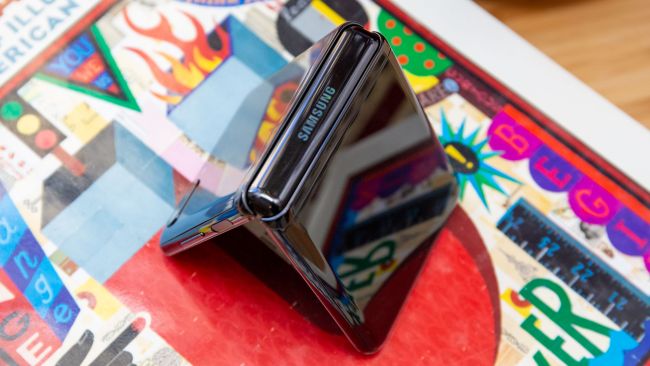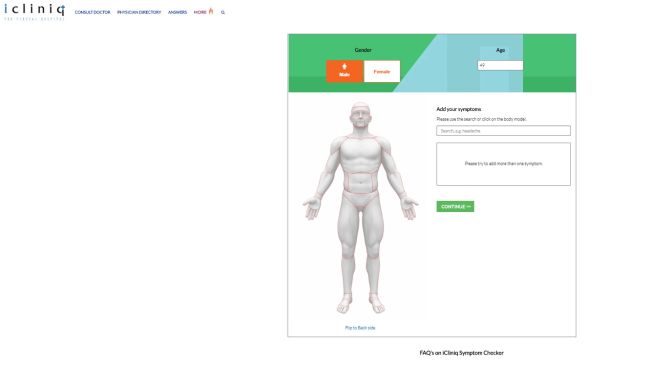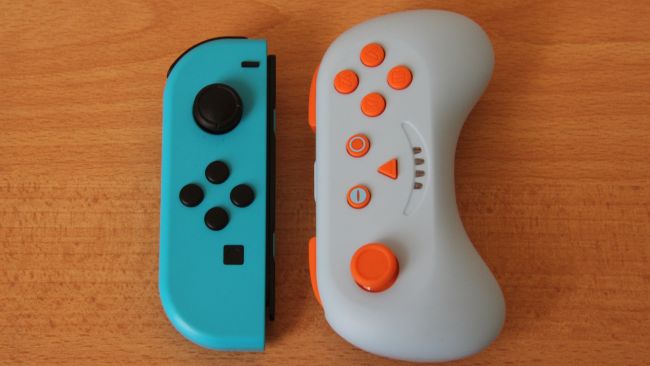The Moto G Power is here to solve your persistent smartphone battery life woes with a massive battery capacity and a sizable camera upgrade, all in an inexpensive mid-range package.
That’s been the selling point of Motorola’s G series – delivering surprisingly good value year after year, and the Power variant has always focused on extending the battery prowess. The Moto G7 Power did that last year, and this phone is the sequel for 2020.
In most countries the phone is actually called the Moto G8 Power, but in the US Motorola opted to drop the '8' for some reason. So if you've been looking for the Moto G8 Power review, don't worry, you're in the right place.
The Moto G Power has a big 6.4-inch display, 5,000mAh battery capacity, and specs like a Snapdragon 665 chipset, 4GB of RAM, and triple rear cameras, which will get you through most tasks.
It’s not a flagship like the Samsung Galaxy S20, OnePlus 7T, or iPhone 11, but it’s shaping up to be the ideal smartphone for people who want the best value among new handsets.
Moto G Power release date and price
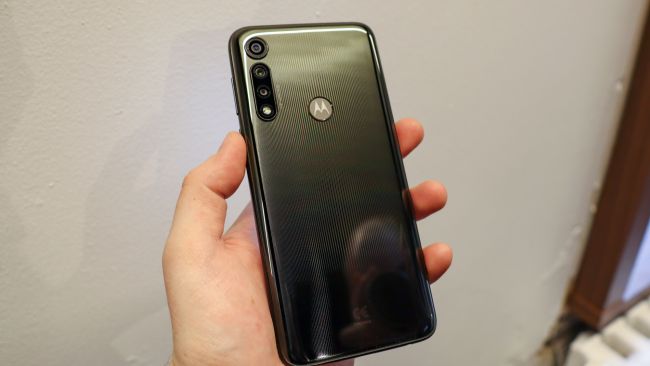
The Moto G8 Power will start at $249 / £219 (about AU$370) with a launch in the US in spring and it landing in the UK on February 20. That would mean Q1 or Q2 globally, but international availability and pricing for some markets haven’t been announced yet, so the actual release timing elsewhere might differ.
The Moto G Power appears to only come in one variation right now, with a Smoke Black color scheme and 64GB of internal storage. It was introduced alongside the Moto G Stylus too.
Design and display
The Moto G8 Power will measure 159.85 x 75.84 x 9.63mm and weigh 199g. That weight is surely attributable to its large battery, as the plastic back and frame (which don’t actually feel cheap) of the device would otherwise help keep the overall weight of the phone down. Still, Motorola has kept the water-repellent design its budget phones are known for.
The Moto G Power fits a 6.4-inch, 19:9, Full HD+ display that takes up 88% of the front of the device. The screen can get fairly bright, and actually managed impressive black levels for an LCD display. When the screen lights up to show the time, the black background shows almost imperceptible backlight bleed (if we didn’t look close, we could almost have been fooled into thinking it was OLED).


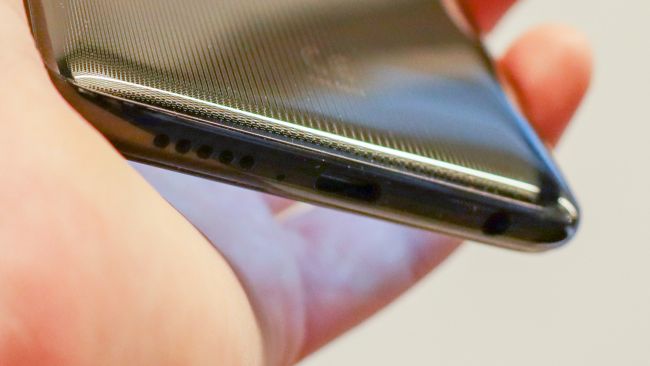
Unlike the G7 Power there’s no notch cut-out at the top of the display for a camera. Motorola has instead shifted to a punch-hole style camera cut-out for the front-facing sensor. This gives the device a look more akin to the Samsung Galaxy S10 family of phones.
The Moto G Power features a USB-C port and a 3.5mm headphone jack on the bottom. The bottom also houses one of the speakers, while a second speaker lives in the earpiece. Those two speakers deliver stereo sound backed by Dolby audio.
The phone has room for a single nanoSIM card and a microSD card. Around back, you’ll find Motorola’s typical rear fingerprint sensor.
All told, the Moto G Power is not a small phone, but it doesn’t feel like too much for our hands. Despite the less-than-premium materials used for its construction, it still manages to have a sturdy feel to it. We couldn’t even say for certain that the edge wasn’t metal, as some hard polycarbonates manage a fairly metal-like feel.
Camera
The Moto G Power aims to be an impressively versatile camera phone, setting itself apart from the fairly ho-hum camera offering on its predecessor, and it mostly hits that mark.
The main sensor offers up a 16MP resolution with an f/1.7 aperture. It also has fairly sizable 1.75-micron pixels that should give it passable performance in low-light settings, though we weren’t able to test it in those conditions. In modestly lit settings, the camera snapped crisp photos with well balanced colors.
The main camera isn’t the star of the show, though, as the Moto G Power also includes a wide-angle camera as well as a macro camera to help you capture subjects both large and small.
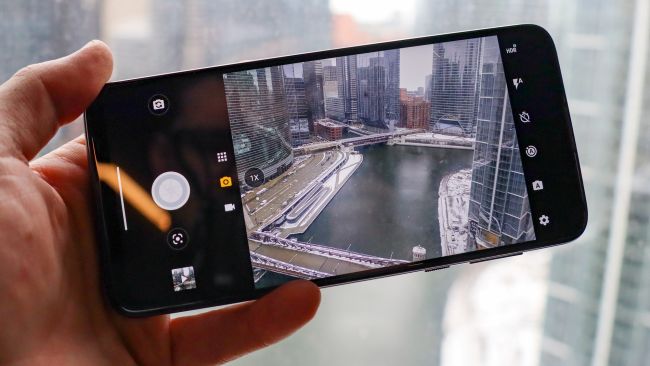
The wide-angle camera shoots up to 8MP photos at f/2.2. The resolution shows itself quickly when zooming in, as the images appear considerably soft compared to the main camera. But, the lens itself still does a great job of fitting a lot into one shot thanks to its 118-degree field of view.
The macro camera manages to be even more impressive in spite of its 2MP resolution. It can capture some fine detail up close with a minimum focus distance of 2cm (less than an inch). It also uses large, 1.75-micron pixels.
The macro camera can be more tedious to work with, as its autofocus is hard to rely on when just minor shifts of our hands dramatically impact the focus. Fortunately it works with manual mode, so if you want to get the very closest shot possible, you can just set it to the minimum focus distance and then move the camera closer until the subject comes into focus.
There’s also a 16MP front-facing camera, which uses quad-pixel binning to capture a 4MP photo. It can also capture a full-resolution shot, but we find it makes for a crisp photo either way.
Thanks to Motorola’s close integration with Google’s services, the camera has Google Lens integrated too, letting it do things like recognize and bring up information on objects.
The cameras are definitely a big step forward for the Power variant of Moto G phones. For a phone at this price point, they offer considerable functionality. While actual image quality varies between the sensors, it’s safe to say that they can at least get the job done when it comes to capturing a subject.
Specs and battery
One of the biggest and most important specs of the Moto G Power is the source of its power: the battery. This phone packs a beefy, 5,000mAh battery which Motorola claims can last for up to three days of use.
While that would definitely entail fairly light use and some battery-saving measures to achieve, 5,000mAh is still a great chunk of capacity. We managed to draw out over three days while testing the similarly powered Moto G7 Power, so it’s not an unrealistic amount of time.
The Moto G Power also supports rapid charging at 10 watts, so even when the battery finally gives out, it can top back up fairly quickly.
Running the experience of the Moto G Power is the recent Snapdragon 665 chipset paired with 4GB of RAM. We find the phone runs fairly fast when web browsing and switching between apps, though we do see it run into a bit of a wall with the more intensive tasks of playing a video or launching the camera.
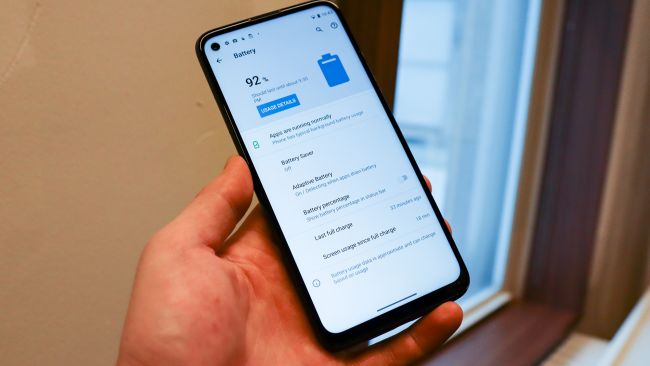
The phone can play back video just fine, but we notice some stutter when opening the notification shade while a video is playing. The camera also takes a second to ready itself, whether we’re launching it fresh or switching back to it from another app.
The Moto G Power runs Android 10 out of the box, and Motorola doesn’t do much to taint that experience. There’s not a ton of bloatware or overbearing UI changes, though Moto Experiences are still around, offering handy ways to launch the camera or perform other quick actions like turning on Do Not Disturb. The default photo gallery is even Google Photos, so you don’t have to worry about duplicate apps floating around.
As a budget handset, there are naturally some corners cut. The Moto G Power doesn’t have any NFC support, so you won’t get quick pairing with wireless devices or support for Google Pay cardless payment. It’s also still running on Wi-Fi 5 while more and more devices are making the move to Wi-Fi 6.
Early verdict
The Moto G Power has the potential to be a hit at the budget end of the market. Its combination of cameras and a long battery life make it a useful smartphone, and it doesn’t feel like Motorola has cut many corners to achieve the price point.
It doesn’t quite stand up against the experience of a flagship phone, but it passes muster at the low-to-mid-range of the market.

